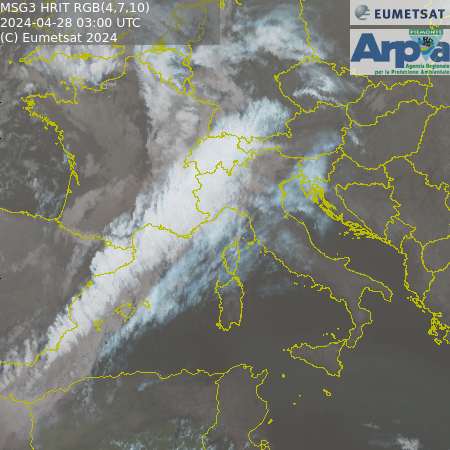Chapter 13 - The Carabinieri Aviators in Turin
 In 1966, the Carabinieri were equipped with an operational flying Group with the establishment of the “1st Helicopter Group of the Carabinieri” (NEC) based at the Torino-Aeritalia airport.
In 1966, the Carabinieri were equipped with an operational flying Group with the establishment of the “1st Helicopter Group of the Carabinieri” (NEC) based at the Torino-Aeritalia airport.
History tells us that the involvement of the Carabinieri in aeronautical activities dates back to the Great War, during which many volunteered (following a bi-centenial tradition which saw them as protagonists in the wars of independence and the heroic and decisive Charge of Pastrengo) to join the nascent military air force which joined the Royal Army’s famous “Aviators Battalion” in Turin.
A total of 173 members of the Carabinieri, of all ranks and specializations, were incorporated into the Military Aeronautical Corps, although they continued to belong to the Carabinieri, as was the military custom prior to the foundation of the Italian Air Force in 1923.
One Gold Medal, eleven Silver Medals, eight Bronze Medals and a War Cross, all for Military Merit, are the decorations which testify to a long series of dramatic and memorable aerial duels.
It is impossible not to recall Sergeant Albino Mocellin, of the King’s Guards (Military Silver Medal for Valour), who was the first Carabiniere-aviator to be killed in action (October 12, 1916), by a burst of machine-gun fire during an aerial duel with an enemy fighter aircraft which took place over Zarnec at 10,000 feet. For his valour and his sacrifice he was awarded the Military Silver Medal.
Among the brave “Silver Flame” (the Carabinieri cap badge) pilots, we must make special mention of the young Piedmontese Carabiniere, Ernesto Cabruna from Tortona who became the most decorated aviator Carabiniere of the whole Great War due to his bravery, skill and leadership.
 1° NEC, the first operational base at Turin. From the left: Bove, Tonsini,
1° NEC, the first operational base at Turin. From the left: Bove, Tonsini,
Stefanelli e Cancelli. Standing: Caiafa (?), Guzzardi, Digiampietro, (?), Cantelmo
Ernesto Cabruna, the Carabiniere Gold medal of HonorErnesto Cabruna was born in Tortona (AL) June 2, 1889. He was the most decorated Carabiniere of the Great War.
1 against 11One fight over Conegliano on March 29, 1917 was particularly noteworthy. On that occasion, indeed, during a lone flight Cabruna was attacked by an Austro-Hungarian formation consisting of a leading bomber escorted by ten fighters, including three Fokker “Petit Rouge” of Von Richthofen’s aces Squadron and Albatrosses of Captain Brumowski’s Squadron. Despite the odds, he managed to bring down the fleet leader bomber. The enemy aircraft abandoned the mission and turned back. In memory of this feat, Achille Beltrame designed the color cover of the “La Domenica del Corriere” of 8 September 1918 entitled “1-11”. |
***
Thus in 1966 the 1st Helicopter Group of the Carabinieri (NEC) was formed, based at the Turin-Aeritalia Airport, and housed in structures built and loaned for this purpose by FIAT Aeritalia.
The first helicopter, an Agusta Bell 47-J3B, was delivered to Turin in January 1967 and housed in the airport’s original hangar, located at the head of runway “30”, which had previously held some cherished artifacts which were testimony to Turin’s glorious aviation history.

|
|
Due to its limited performance at high altitude, the “Juliett”-type helicopter was soon replaced by an Agusta BELL 47-G3B1 known as the “Super Alpino” since it was equipped with a supercharger. This allowed it to operate in the mountains with what was then considered to be exceptional performance. The pilots were Lt. Guzzardi and SGT. Di Giampiero.
In 1973 the groupe became equipped with the ab 205, replaced one year later by the more versatile ab 206 “Jet Ranger”.
In October 1983, the base was transferred definitively to Volpiano (TO).
We should not forget that during the period 1966 to 1989, the 1st Helicopter Groupe of the Carabinieri conducted more than 1,000 rescue missions and 125 flight missions, including nocturnal, transporting medical teams during the pioneering phase of organ transplants. The intervention of the 1st NEC was of vital importance during the rescue of flood victims from 1970 onwards.
 |
 |
 |
 |

|
|
Go to the next chapter |






 The 1° NEC base at the Torino-Aeritalia
The 1° NEC base at the Torino-Aeritalia
